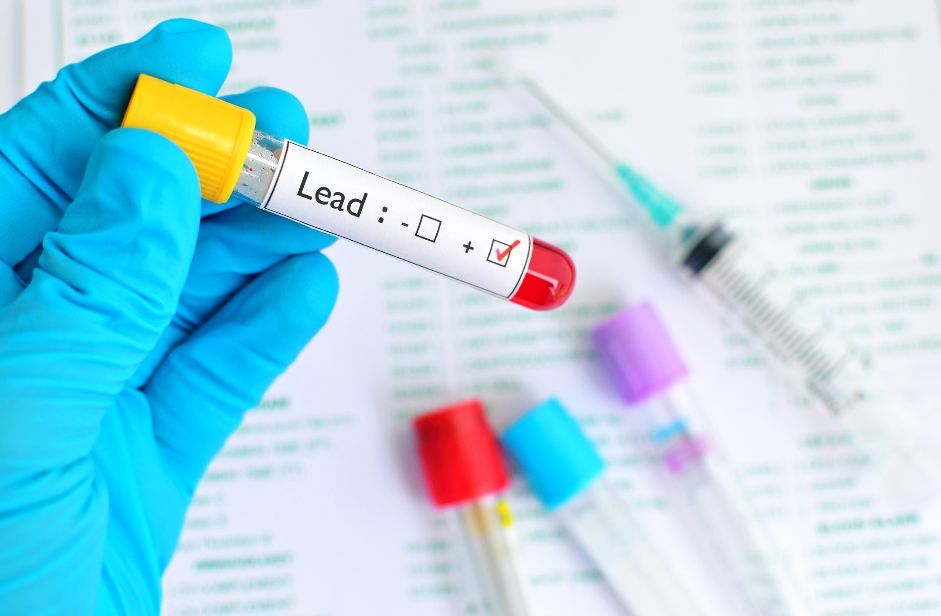Blood
After lead found in several city parks, Durham offers free blood tests for kids, pregnant people, starting today
People who are pregnant and young children can have their blood tested for lead — for free — at the Durham County Health Department. The program starts today; no insurance is required. Children must be between 6 months and 6 years old.
Lead is a neurotoxin. Children with very high levels of lead in their blood can sustain irreversible brain damage, leading to learning and behavioral problems.
Testing will be available until further notice on Tuesdays, Wednesdays, and Thursdays, from 9 to 11 a.m. and 1 to 4 p.m. at the Durham County Department of Public Health, 414 E. Main St., Durham. Testing is available by walk-in only; no appointments are required or accepted. Parents may also contact their child’s primary care provider to receive testing.
According to the county, testing will involve a blood sample drawn from the vein, with results returned within three weeks. Results and follow-up guidance will be shared directly with the child’s primary care provider and/or with their parent/guardian, or directly with pregnant women receiving testing. Additional steps following initial blood lead testing, if necessary, will be provided in accordance with the state Department of Health and Human Services protocol.
The Centers of Disease Control and Prevention recommends children with blood levels of more than 3.5 parts per billion should receive additional services. These include finding and removing lead from the child’s environment, feeding the child a diet high in iron and calcium, connecting the child to early educational services, and scheduling follow-up blood testing. Early identification of lead in the blood is key to reducing the long-term effects of lead exposure, according to the CDC.
If a child does have high levels of lead in their blood, they may receive chelation therapy, which is a medical treatment used to remove lead from the body.
The county decided to offer the free blood testing after lead was detected in several city parks — Walltown, East End and East Durham. Duke University researchers made the initial findings last fall and earlier this spring. However, city parks officials ignored researchers’ warnings that they had detected lead hotspots, the legacy of old city-run incinerators that were torn down more than 70 years ago. Only after a Walltown resident found the research online did the information become public.
At a June public meeting about the Duke sampling, County Health Director Rodney Jenkins said his office would not offer free testing, although residents advocated for it. The recent announcement about free testing happened after the Duke findings were confirmed by environmental contractors hired by the city.
In addition, as part of a training exercise the Durham Fire Department conducted a controlled burn of an old mansion on Bivins Street in mid-July. Paint chips containing lead blew into the neighborhood, contaminating several private yards. At least one yard is at the home of a family with a toddler and at the time, a pregnant woman.
People can also be exposed to lead through old paint — either by ingesting it or breathing the dust — and drinking water. Lead-based paint was banned in the U.S. in 1978; lead in gasoline was fully phased out in 1986.
In 2012, roughly 22% of children under age 6 in North Carolina — equivalent to 151,000 — were tested for lead in their blood, according to federal and state data.
Of those, 490 had levels above 5 ppb, the threshold at the time. (In 2021, the threshold was lowered to 3.5 ppb.) Fifty-six of those children had levels of lead in their blood from 10 to 14 ppb.
The urban counties reported the largest number of children with high blood levels: Durham, Forsyth, Guilford, Mecklenburg and Wake. That’s likely because cities often have older homes where children can be exposed to lead in paint.
In 2019, the most recent figures available, 149,000 children under 6 were tested. Of those, 370 had lead levels above 5 ppb; and a subset of those children — 146 — tested above 10 ppb.

